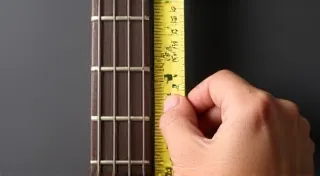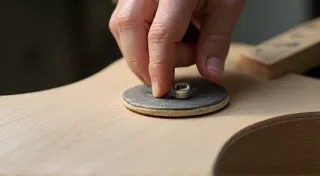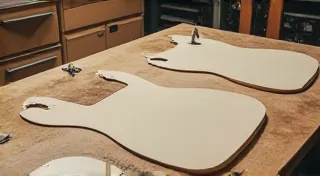Building a Simple Scale Length Calculator
Understanding scale length is absolutely critical when building an electric guitar. A scale length that's too long or too short will make the guitar unplayable, no matter how well the rest of it is built. This article will guide you through understanding scale length and provide a method for calculating it, crucial for accurate guitar building.
What is Scale Length?
Simply put, scale length is the vibrating length of the strings. It's measured from the nut to the bridge saddle. It significantly impacts string tension, fret spacing, and overall playability. Common scale lengths include 25.5" (Fender), 24.75" (Gibson), and variations depending on the style of guitar you're building. It's a fundamental aspect of guitar design and contributes significantly to the guitar's character and feel.
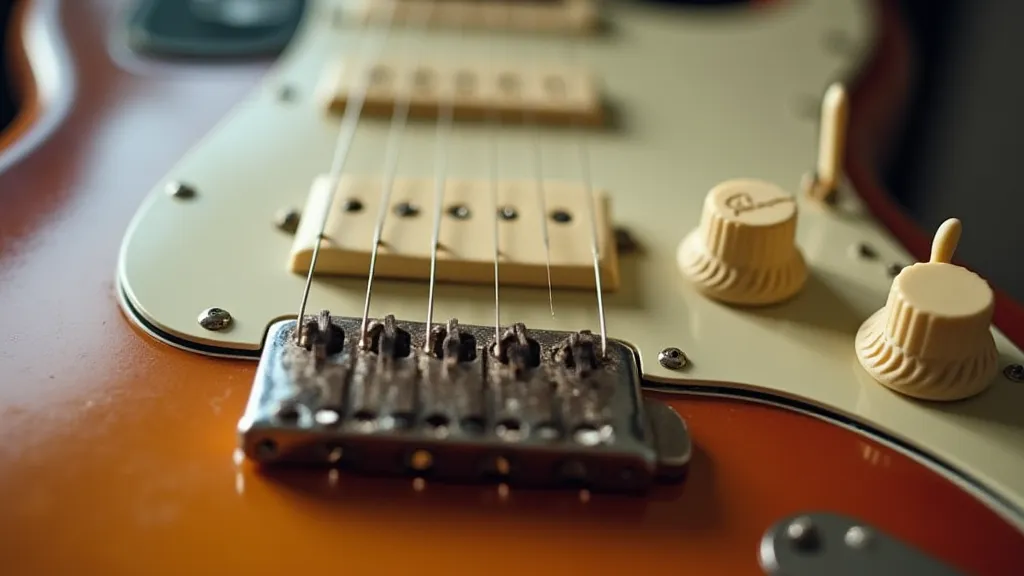
Why is Accurate Scale Length Important?
A slight deviation from the ideal scale length can have cascading effects on your build. Beyond the obvious issues of playability and intonation, it can influence the required neck profile and even the choice of wood. Selecting the right tonewoods for your DIY electric guitar is important, but it's useless if your scale length is off.
- Playability: Incorrect scale length will make the guitar difficult to play, potentially requiring excessive string tension or unusually short reach.
- Intonation: A mismatched scale length will cause intonation problems. Notes will be out of tune as you move up the fretboard.
- String Tension: The scale length directly affects string tension. Getting it wrong can lead to broken strings or an uncomfortable playing experience.
Calculating Scale Length: A Step-by-Step Guide
While you can buy pre-calculated scale lengths for common guitar types, understanding the process gives you more control and flexibility, especially when designing a custom instrument. The core calculation is based on the relationship between scale length, nut width, and bridge saddle position. Before diving into the calculations, ensure you have a solid grasp of basic guitar wiring principles; sometimes, seemingly unrelated components can interact unexpectedly. You might want to familiarize yourself with basic guitar wiring: humbucker vs. single coil before starting your scale length calculations.
Here's a simplified approach:
- Determine Nut Width: Measure the distance across the nut. Common nut widths are 1.6875" (43mm) for Fender-style guitars and 1.725" (44mm) for Gibson-style.
- Determine Desired Fretboard Radius: The fretboard radius influences fret spacing. A radius of 7.25" or 9.5" is common, but custom radii are possible. Understanding how the fretboard radius interacts with your scale length is key to achieving the desired feel and playability.
- Calculate Bridge Position: This is the trickiest part and often involves referencing existing guitar plans or using a specialized calculator (search online for "guitar scale length calculator"). The basic formula relates the nut position and desired bridge position considering nut width and fretboard radius. Accurate measurements here are paramount.
- Measure from Nut to Bridge: Once you've calculated the bridge position, accurately measure the distance from the nut to that calculated bridge saddle location. This is your scale length.
Important Note: These calculations can be complex, especially when dealing with custom fretboard radii or bridge designs. Online resources and calculators are highly recommended for accuracy. Start with a known, standard scale length like 25.5" for a Fender or 24.75" for a Gibson, and make small adjustments from there as needed. Beyond the geometry, you need to consider the practical aspects of neck construction. A well-calculated scale length is useless with a poorly constructed neck. Consider studying guitar neck construction: a step-by-step guide to ensure a solid foundation.
Resources for Accurate Scale Lengths
- Online Guitar Scale Length Calculators: Many free calculators are available online. Search for "guitar scale length calculator" to find them.
- Existing Guitar Plans: Studying plans from established guitar manufacturers provides valuable reference points.
- Guitar Building Forums: Experienced builders on online forums can offer advice and help troubleshoot any issues.
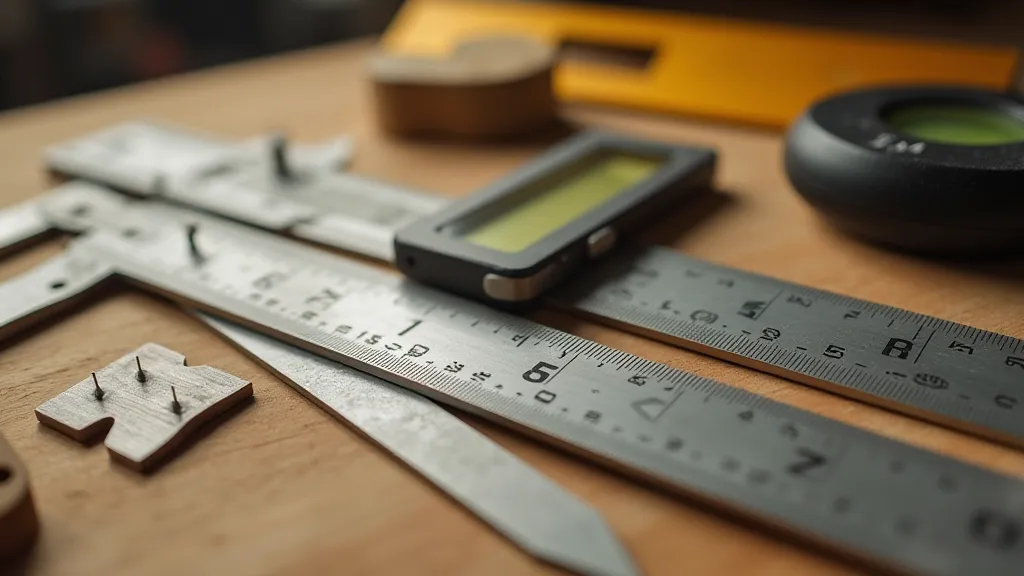
Common Scale Lengths and Their Associated Guitars
While the standard scale lengths provide a good starting point, the world of guitar design is full of unique and custom variations. Beyond the established norms, it's crucial to understand the impact of scale length on overall guitar tone and response. The shorter scale lengths often lend themselves to a warmer, more compressed tone, while longer scale lengths can produce a brighter, more articulate sound.
- 25.5" (648mm): Fender Stratocaster, Telecaster
- 24.75" (629mm): Gibson Les Paul, SG
- 24.9" (632mm): Ibanez RG Series (some models)
- 26.5" (673mm): Bizarre, custom-designed guitars
The Influence of Scale Length on Tone and Playability
The impact of scale length goes far beyond just the physical measurements. It deeply influences the guitar’s overall feel, response, and tonal characteristics. Shorter scale lengths generally result in a rounder, warmer tone with a slightly looser feel, making them popular for blues and rock styles. Longer scale lengths, conversely, tend to offer a tighter feel, greater note definition, and a generally brighter tone, often favored by players in genres like metal and jazz. It's also very important to consider the nuances of soldering and how it affects the guitar’s overall functionality. Proper basic soldering techniques for guitar wiring can prevent tone-killing issues and ensure a long-lasting build.
Dealing with Custom Scale Lengths
Venturing into custom scale lengths requires a deeper understanding of the underlying principles. You're essentially tweaking multiple variables – string tension, fret spacing, neck profile – to achieve a unique playing experience. This is where meticulous planning and a willingness to experiment become essential. Don't be afraid to iterate and refine your calculations until you find the perfect balance. Furthermore, when dealing with custom designs, always double-check your measurements and calculations to prevent costly mistakes.
Final Thoughts
Calculating scale length accurately is a crucial step in building a playable electric guitar. Don't rush this process – take your time, double-check your measurements, and utilize available resources. A little extra effort here will pay off in a guitar that plays and sounds fantastic. It's a testament to the idea that the smallest details can make the biggest difference in the final product.

